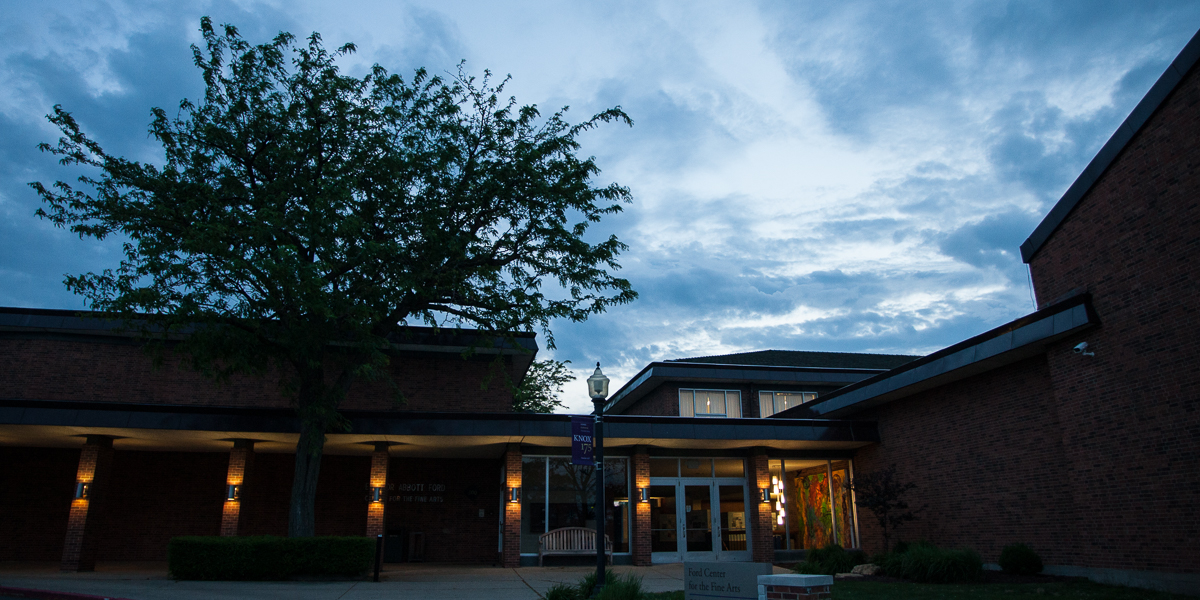

Venture Boldly

Office of Communications
2 East South Street
Galesburg, IL 61401


by Bailey Musselman '18
In what professor Julio Noriega describes as "a quick but huge bite of Peru," 10 Knox College students explored seven different parts of the country in only 15 days.
The trip expanded the knowledge students gained from the class Culture of the Spanish-Speaking World (Spanish 230E) that focused on the Andean region of Bolivia, Colombia, Peru, and Ecuador.
"I was excited to get to know the Andean world a bit better, but when I signed up for this class I didn't know that I would also be able to see it for myself." said Spanish major Rose Unger '19. "I did not hesitate to commit when I found out about the trip."
Noriega, associate professor of modern languages (Spanish), proposed the idea of combining his cultural course with a trip to Latin America because he is passionate about his belief in the educated traveler. "My main motivation for this course was my desire to offer our students something beyond the classroom."
Half of the student body at Knox participate in off-campus study programs. Spanish 230E is one of many short-term immersive programs that Knox offers.
"It's a great way to study abroad without spending a whole term away or if you can't fit study abroad into your schedule," said Latin American Studies major Katherine Everette '18.
The trip was partially funded through the Joseph J. Hartog endowment.




The students landed in Lima, Peru, then traveled to Paracas to observe the marine life and natural beauty of Peru. "It was a wonderful place for students to see many animals outside of a museum or reservation," said Noriega. "They were able to have contact with areas that were away from civilization—a place where the sea and the desert meet."
The students then traveled to Galeras Pampas, a national reservation located 1800 feet above sea level, created to breed endangered vecuñas, an animal related to the llama and alpaca family.
The trip continued to Abancay, where students learned about the Peruvian university system and danced with local students, then to Cusco and Machu Picchu, which was a favorite among the students.
"I loved going to Machu Picchu and being able to see and learn more in depth about places I had learned about as part of SPAN 230E," said Everette.
The trip concluded with a visit to Lake Titicaca, Arequipa, and two days spent in Lima, where students got to compare their experiences in the indigenous cities to a less traditional and more modern city lifestyle.
"They had the opportunity to see the real, current, and vibrant society," said Noriega. "They were able to taste the brilliant food and music and to observe the contrast between modern societies and indigenous cities, or touristic places and traditional places."
For Unger, the experience gave greater meaning to what students learned almost 4,000 miles away in a small but meaningful classroom.
"The trip went beyond what we learn in a classroom—the people, the culture, and the environment. We learned more than we could have imagined."
Published on March 02, 2017